30 Mind-Blowing Facts About Brazil & South America You Didn't Know!
Introduction: Beyond the Carnival & Christ the Redeemer
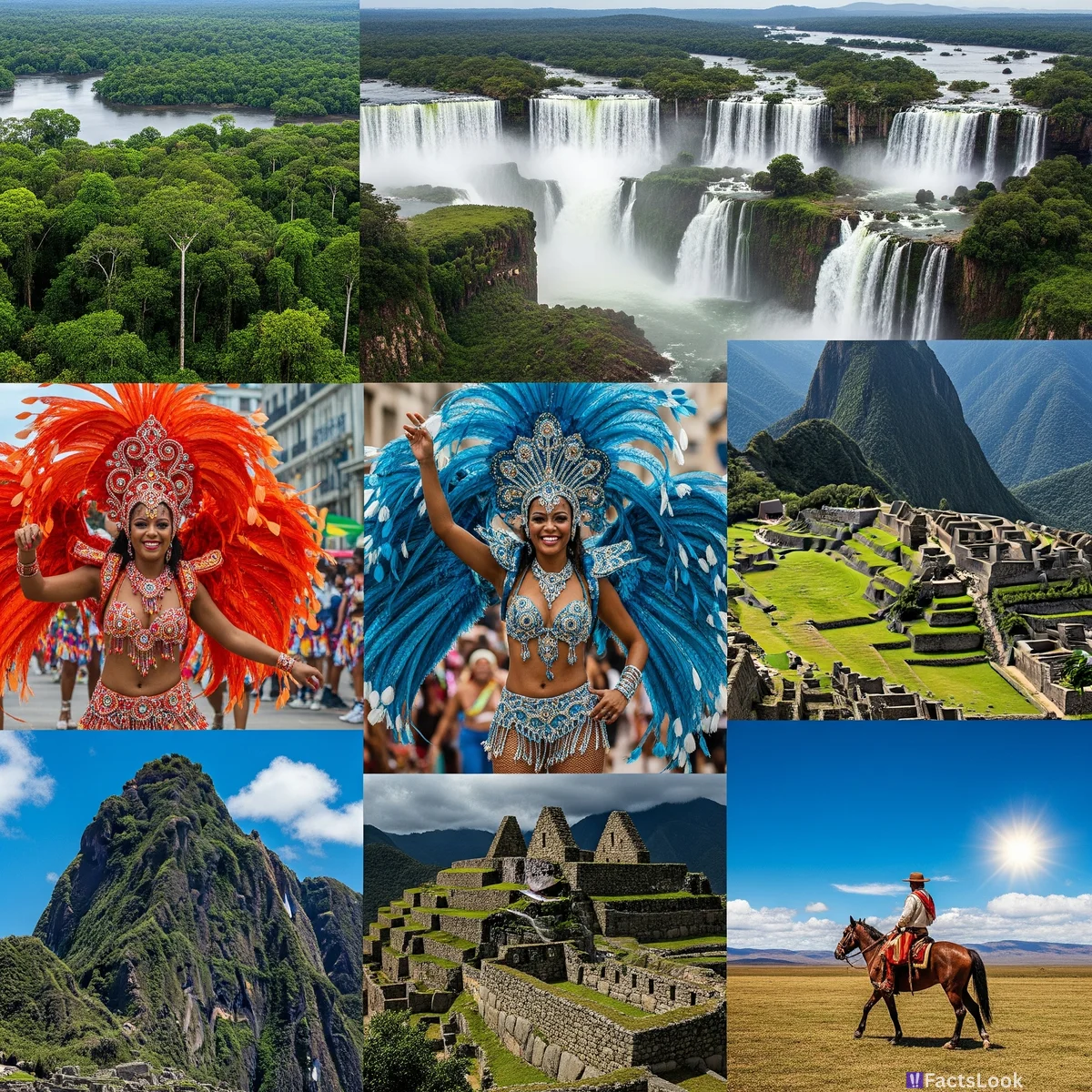
Brazil and South America are frequently associated with vibrant carnivals, the Amazon rainforest, and iconic landmarks. But beyond these well-known images lies a continent brimming with astonishing history, unique cultures, and incredible biodiversity. This listicle delves into 30 lesser-known facts, revealing the surprising depth and complexity of Brazil and its South American neighbors—facts that will reshape your understanding of this fascinating region. Prepare to be amazed!
Brazil's Name Origin: A Fiery Red Wood

The name 'Brazil' doesn’t come from the country itself, but from *pau-brasil*, a tree that once thrived along the Brazilian coast. This tree yielded a vibrant red dye—'brasil' meaning 'ember-like' in Portuguese—highly prized in Europe for textile coloring. It was so valuable, it fueled early Portuguese colonization.
The Amazon's Hidden River: Rio Hamza
The Amazon River is renowned as the world’s largest by volume, but a hidden wonder lurks beneath its surface – the Rio Hamza. This underground river flows parallel to the Amazon, nearly identical in size, discovered in 2011. It provides crucial insights into the Amazon’s geological history and freshwater ecosystems.
Capybara: South America’s Largest Rodent & Social Butterfly
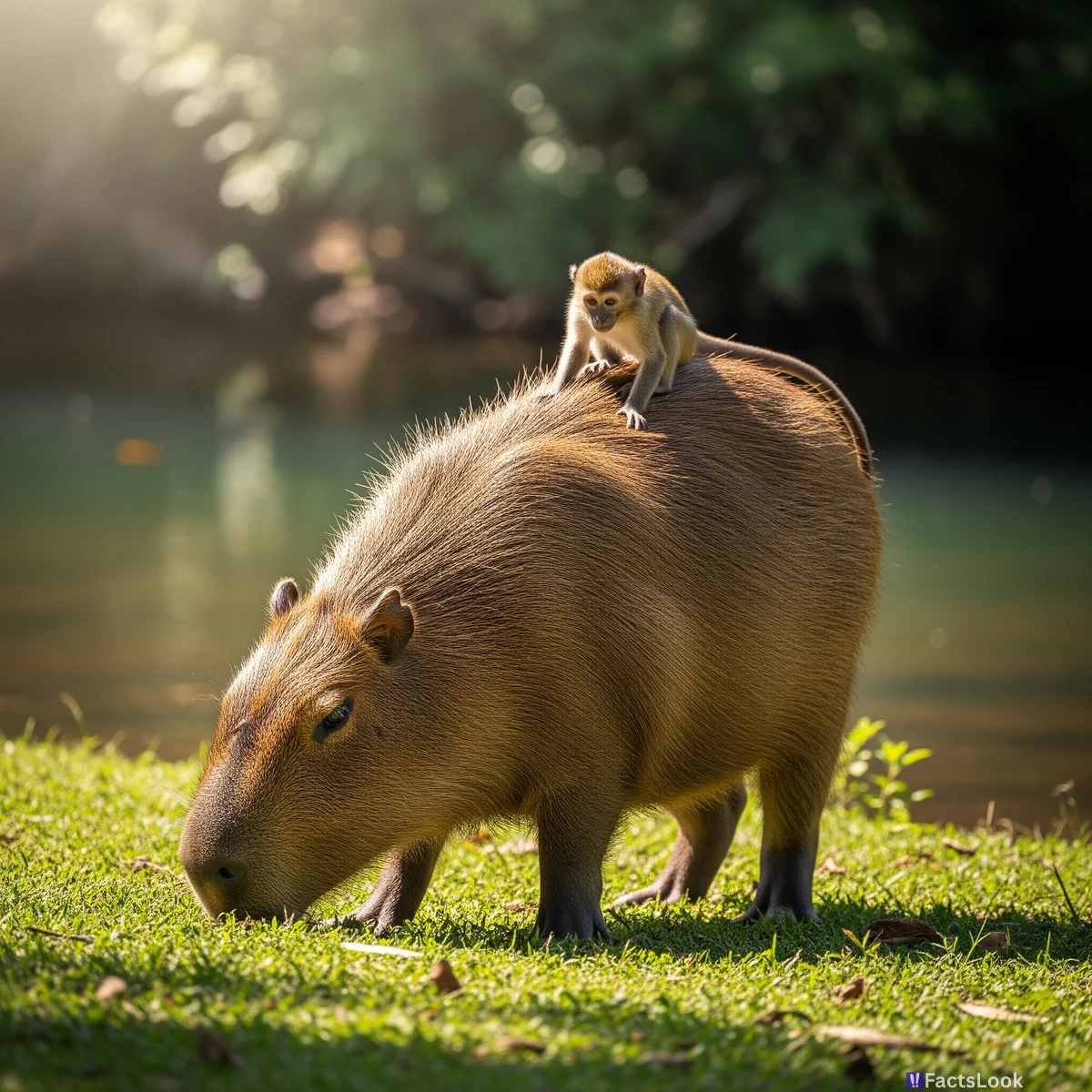
Meet the capybara, the world's largest rodent and a remarkably social creature native to South America. These gentle giants are often found near water, living in groups and exhibiting surprisingly docile behaviour. They’re known to interact with various other species—even monkeys have been seen riding on their backs!
The Floating Islands of Lake Titicaca
On Lake Titicaca, straddling Peru and Bolivia, live the Uros people on man-made floating islands constructed entirely from totora reeds. These islands are not permanent—they need constant replenishment—and represent an ancient tradition of adapting to a unique environment. [Source: https://whc.unesco.org/en/list/1012/]
Brazil's Unique Voting System: Biometric Identification

Brazil pioneered a fully electronic, biometric-based voting system in 1996. Voters identify themselves using fingerprints, ensuring accurate and secure elections. This system significantly reduced voter fraud and is considered a model for electoral integrity worldwide.
The Atacama Desert: Driest Non-Polar Place on Earth
Located in Chile, the Atacama Desert is considered the driest non-polar desert in the world. Some areas haven't received rainfall for centuries, creating a landscape so barren it resembles Mars. NASA uses the Atacama as a testing ground for Mars rovers due to its similar conditions.
Feijoada: More Than Just a Bean Dish
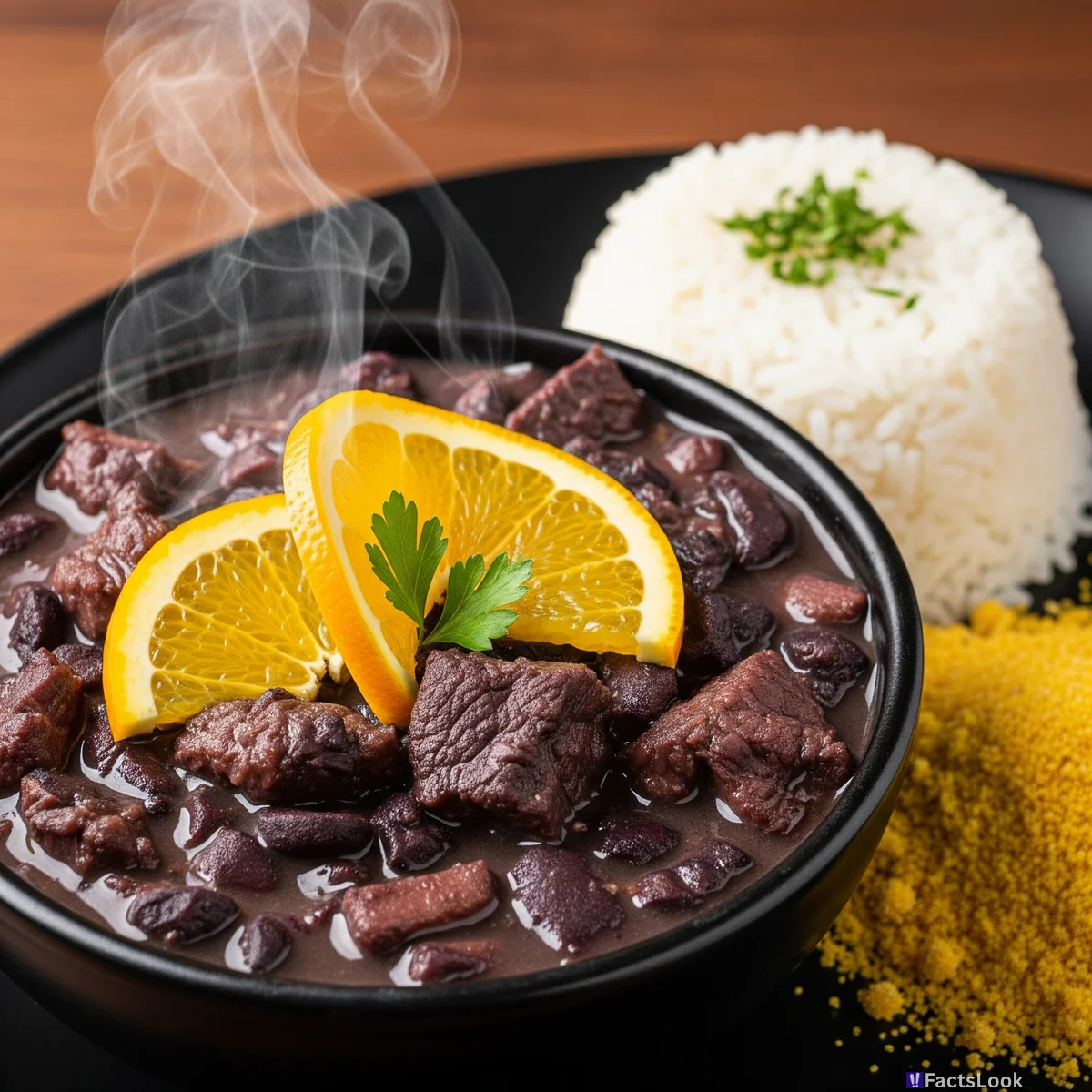
Brazil's national dish, *feijoada*, is a hearty stew of black beans and various cuts of pork, often served with rice, orange slices, and farofa (toasted cassava flour). Legend says it originated with enslaved Africans who used leftover pork parts. Today, it’s a symbol of Brazilian cuisine and culture.
The Nazca Lines: Ancient Geoglyphs in Peru
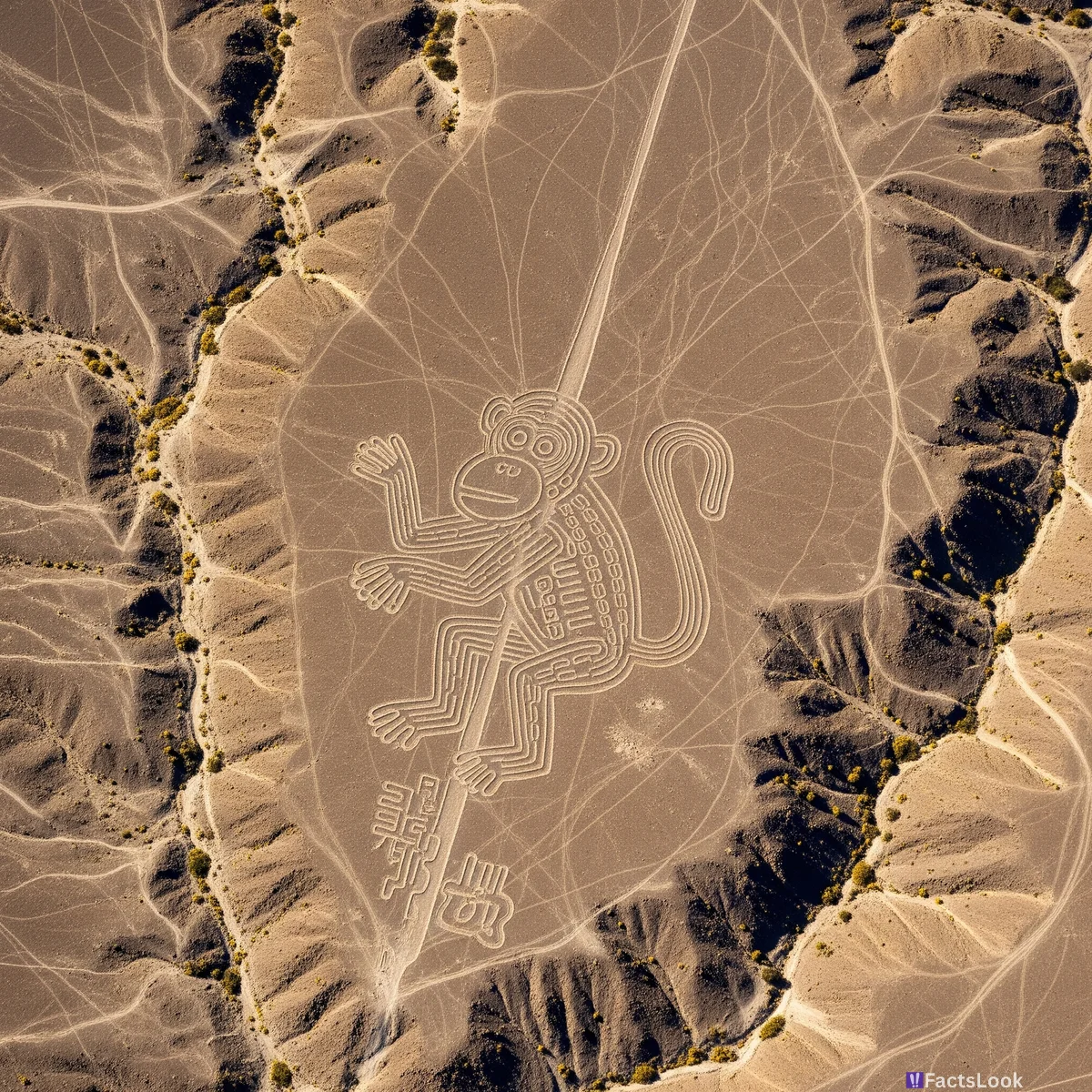
The Nazca Desert in Peru is home to the enigmatic Nazca Lines, massive geoglyphs etched into the earth centuries ago by the Nazca people. Featuring animals, plants, and geometric shapes, their purpose remains debated—theories range from astronomical calendars to ritual pathways. [Source: https://whc.unesco.org/en/list/1174/]
The Rainbow Mountain (Vinicunca) of Peru
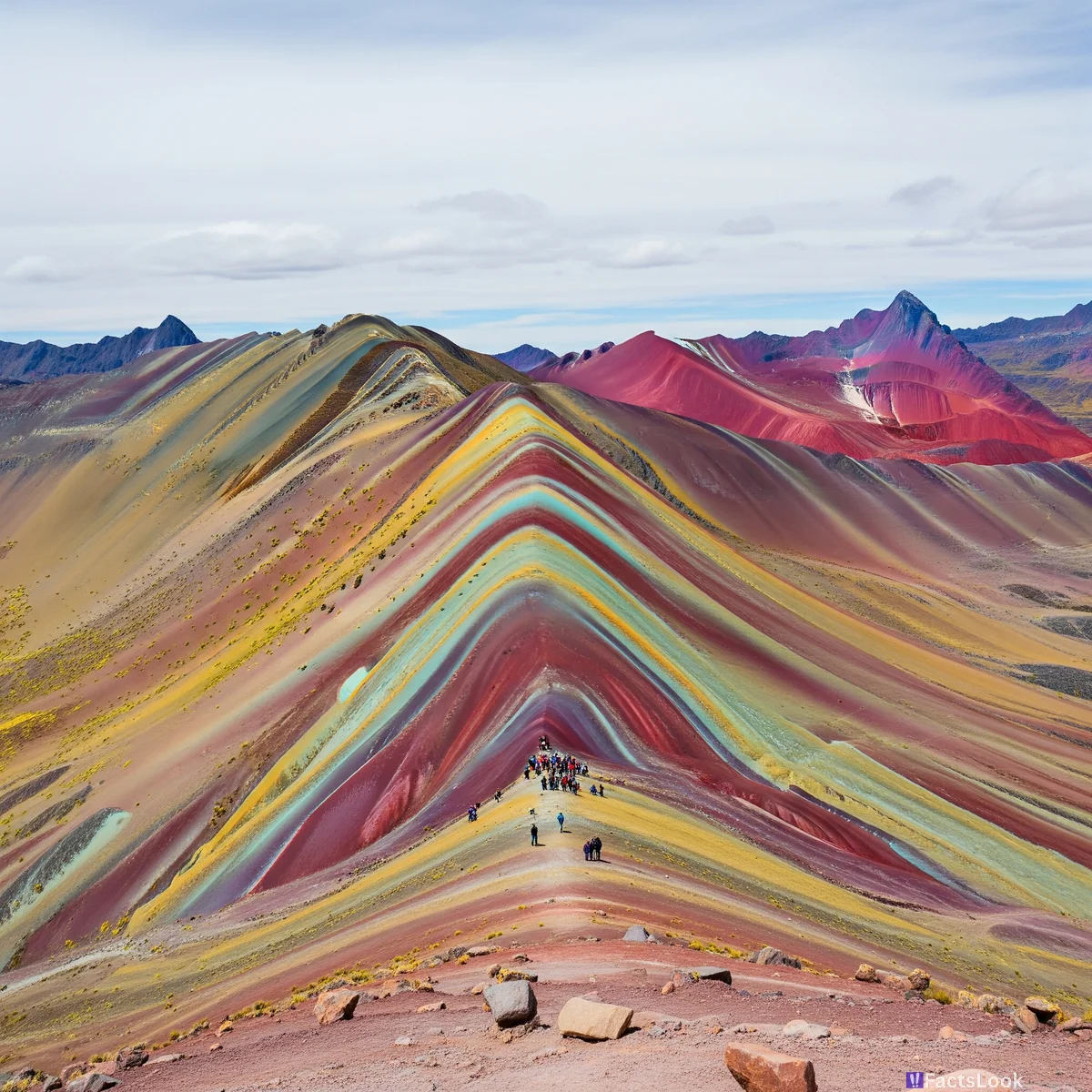
Vinicunca, also known as Rainbow Mountain, in Peru, is a geological marvel. The vibrant stripes of color are caused by mineral deposits layering the mountainside. It's a challenging but rewarding hike, offering breathtaking views of this naturally painted landscape.
Brazil’s Iguaçu Falls: A Natural Wonder
Iguazu Falls, spanning the border between Brazil and Argentina, is one of the world’s most spectacular waterfall systems. Consisting of 275 falls along a 1.7-mile stretch, it’s taller than Niagara Falls and wider than Victoria Falls. The mist creates constant rainbows, adding to its magical ambiance.
The Lost City of Z: A Real-Life Indiana Jones Tale
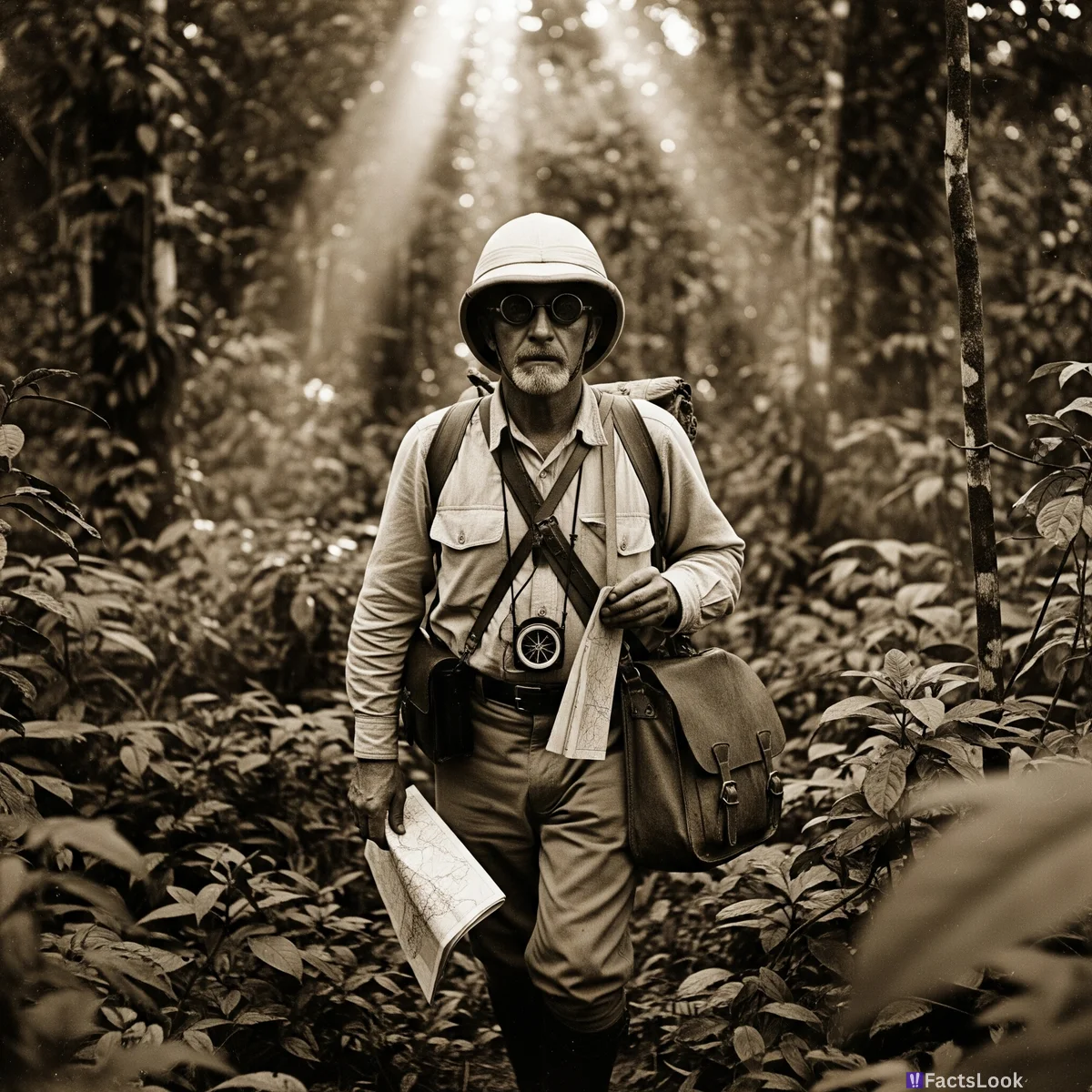
The ‘Lost City of Z’ isn’t just a movie. British explorer Percy Fawcett disappeared in 1925 while searching for an ancient, advanced civilization in the Amazon rainforest. His quest fueled decades of expeditions and remains one of history’s greatest mysteries.
Yerba Mate: South America’s Social Drink
Yerba mate is a traditional South American caffeinated beverage, brewed from dried leaves. It's often consumed communally, shared from a *mate* (gourd) and *bombilla* (metal straw). Sharing mate is a symbol of friendship, hospitality and social bonding.
Samba's African Roots: A Symbol of Resistance
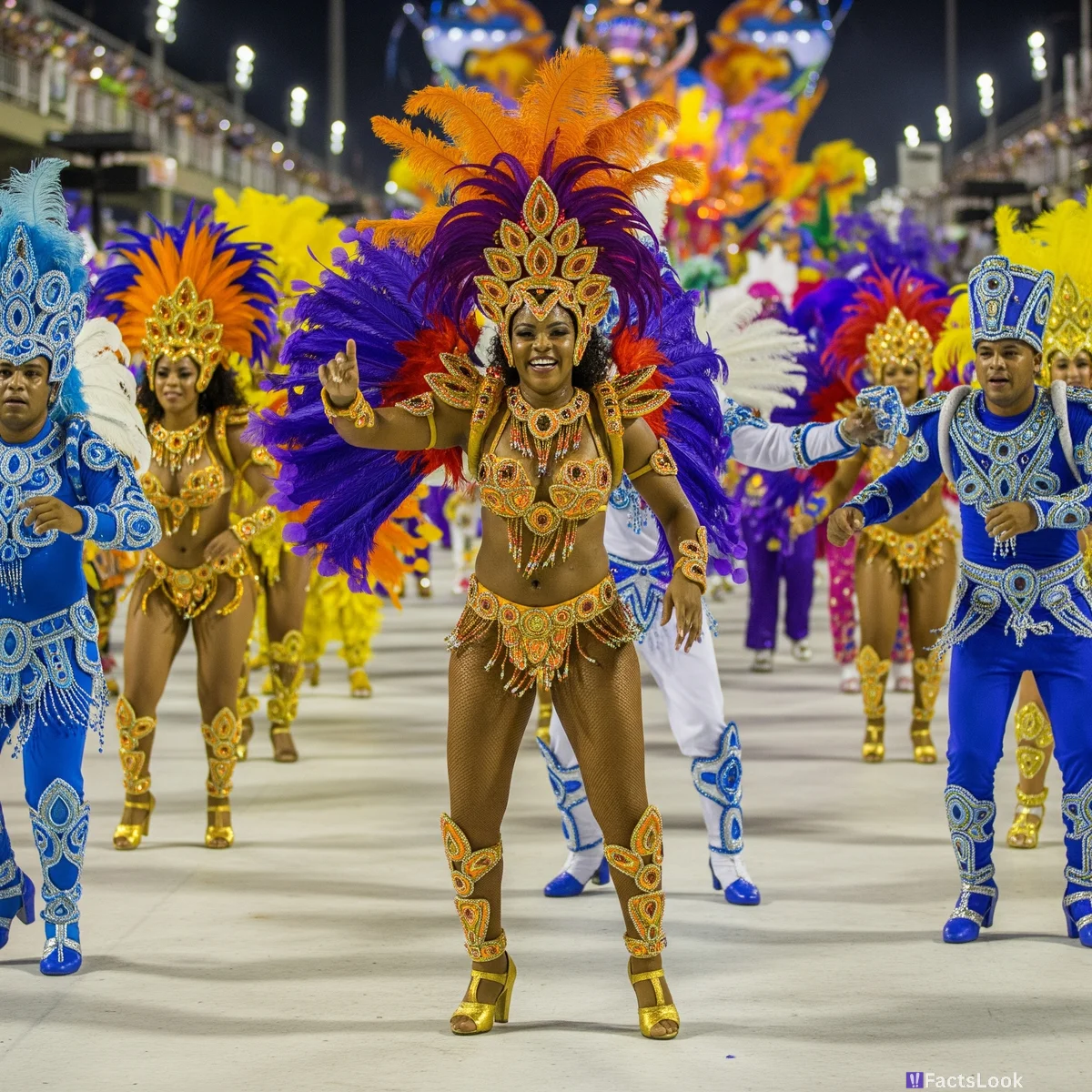
Samba, Brazil’s iconic dance and music style, has rich roots in African traditions brought by enslaved people. Initially marginalized, it became a powerful expression of cultural identity and resistance and is now celebrated globally, particularly during Carnival.
Galapagos Islands: Darwin's Living Laboratory
Located in Ecuador, the Galapagos Islands are a volcanic archipelago famed for their unique wildlife, which inspired Charles Darwin's theory of evolution. Giant tortoises, marine iguanas, and blue-footed boobies are just a few of the endemic species found there. [Source: https://whc.unesco.org/en/list/1/]
Brazil Nuts Aren't Always From Brazil
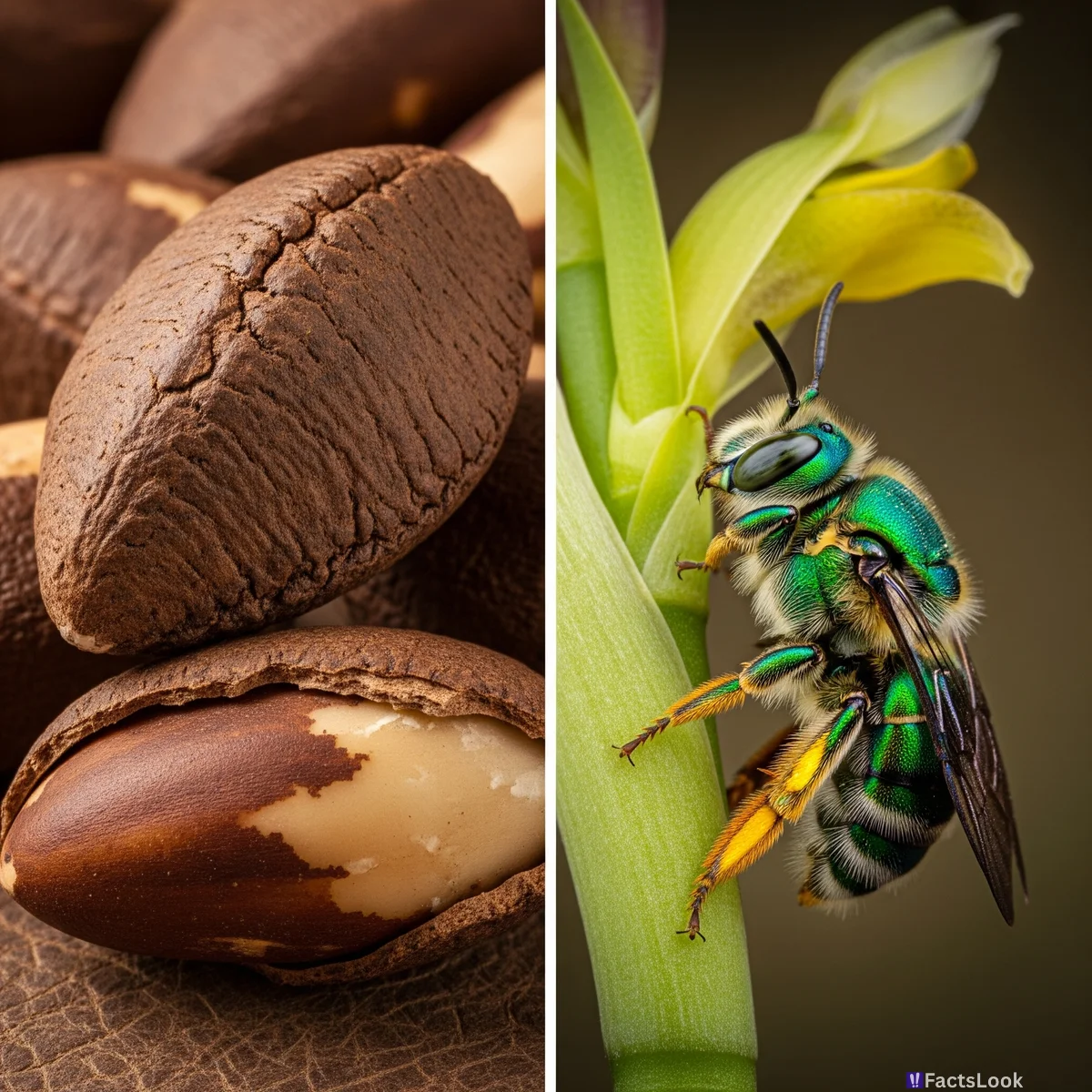
Despite their name, Brazil nuts primarily originate from Bolivia, with smaller amounts coming from Peru and Brazil. The Brazil nut tree relies on specific orchid bees for pollination, making sustainable harvesting a complex ecological challenge.
The Andes Mountains: The Longest Continental Mountain Range
Stretching over 7,000 kilometers (4,300 miles), the Andes Mountains are the longest continental mountain range in the world, traversing seven South American countries. Their dramatic peaks and diverse ecosystems are a defining feature of the continent’s geography.
Candomblé: Afro-Brazilian Religion
Candomblé is an Afro-Brazilian religion blending West African traditions with Catholicism and indigenous beliefs. It emphasizes reverence for *orixás* (deities) through music, dance, and rituals, maintaining a significant cultural presence in Brazil.
The Pampas: South America’s Vast Grasslands

The Pampas are fertile South American grasslands spanning Argentina, Uruguay, and Brazil. They are renowned for their cattle ranching and gaucho culture – the skilled horsemen and cowboys of the region.
The Salar de Uyuni: World’s Largest Salt Flat
Located in Bolivia, the Salar de Uyuni is the world's largest salt flat, creating surreal landscapes and breathtaking photographic opportunities. During the rainy season, a thin layer of water transforms the Salar into a giant mirror, reflecting the sky and creating an otherworldly effect.
Capoeira: A Martial Art Disguised as Dance

Capoeira is a uniquely Brazilian martial art that combines elements of dance, acrobatics, and music. Developed by enslaved Africans in Brazil, it was disguised as a dance to practice self-defense in secret. Today, it's a vibrant cultural expression.
Chulillas: The Stone Forests of Argentina
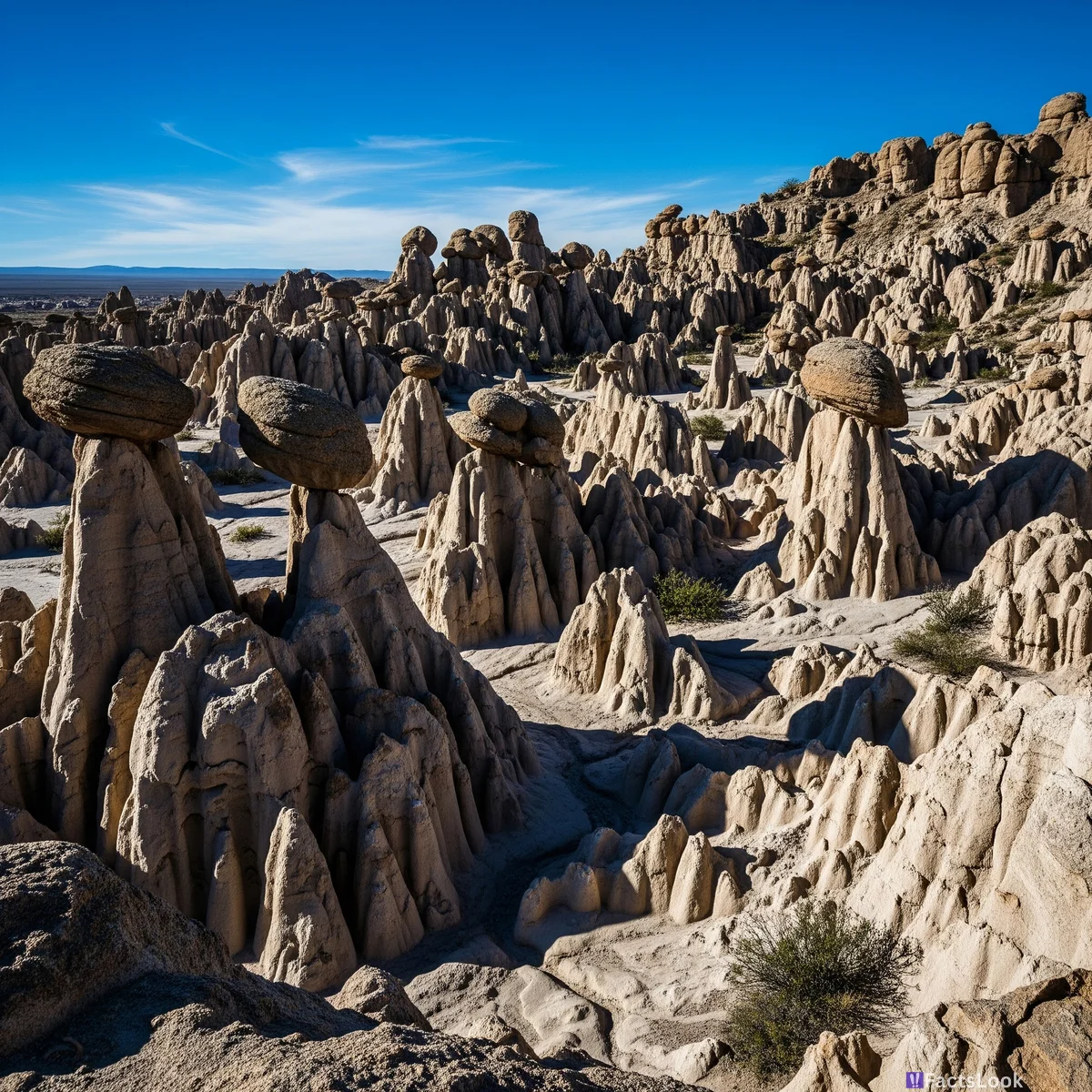
In the Ischigualasto Provincial Park in Argentina, you’ll find the Chulillas – ancient stone forests formed by volcanic activity and erosion. These bizarre rock formations predate the dinosaurs and offer a glimpse into a prehistoric world. [Source: https://whc.unesco.org/en/list/968/]
The Itaipu Dam: A Powerhouse on the Border
The Itaipu Dam, jointly operated by Brazil and Paraguay, is one of the largest hydroelectric dams in the world. It generates a significant portion of the electricity for both countries, showcasing a remarkable feat of engineering.
The Jesuit Missions of the Guaranis: Ruins of a Unique Society
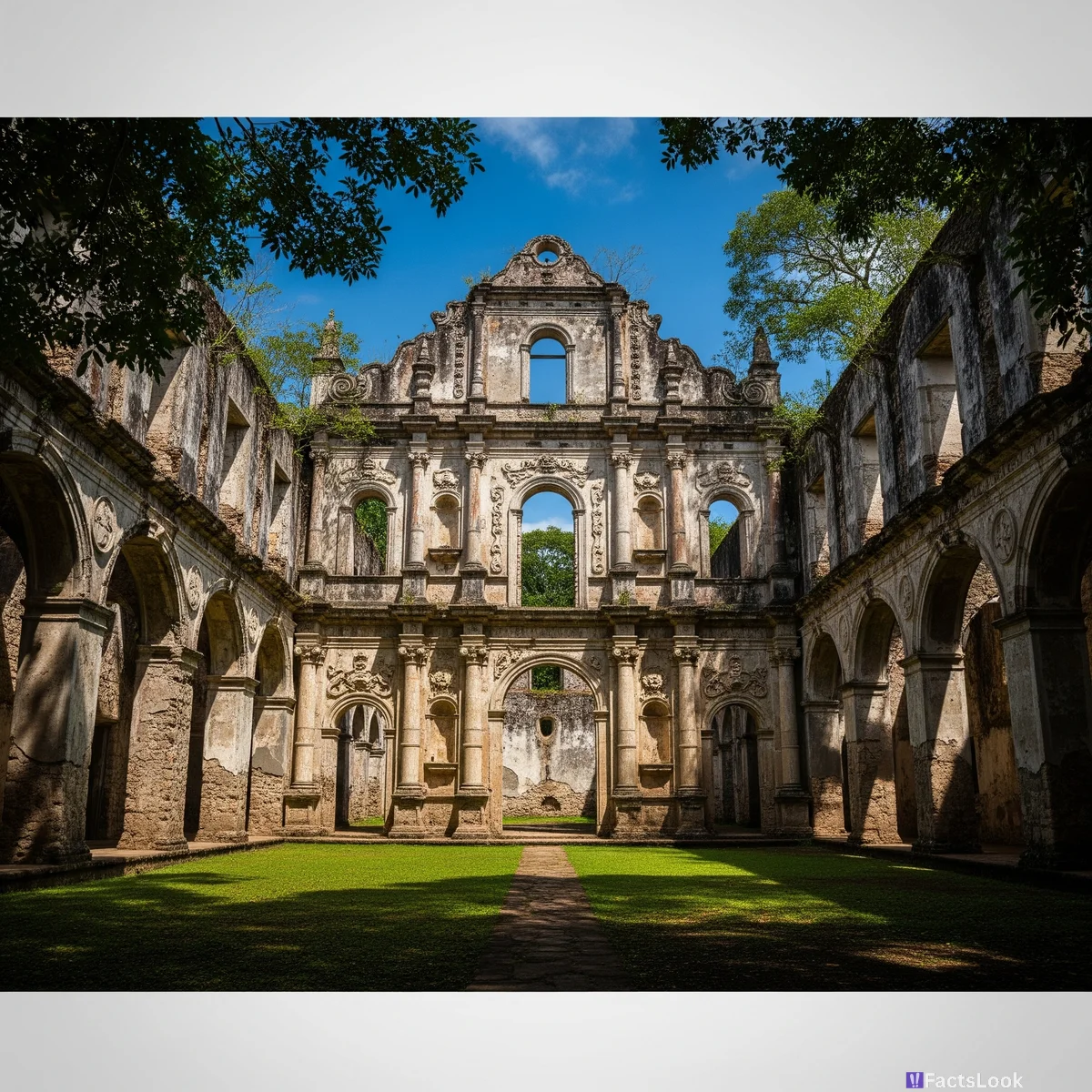
The Jesuit Missions of the Guaranis, spread across Brazil, Argentina, and Paraguay, were unique religious and social experiments in the 17th and 18th centuries. The ruins offer insight into a society that attempted to blend European and indigenous cultures. [Source: https://whc.unesco.org/en/list/343/]
The Cuy: Guinea Pig as a Culinary Delight
In the Andean regions of South America, particularly in Peru and Ecuador, *cuy* (guinea pig) is a traditional delicacy. It’s often roasted or fried and considered a special occasion dish, providing a vital source of protein.
Bumba Meu Boi: A Brazilian Folk Tradition
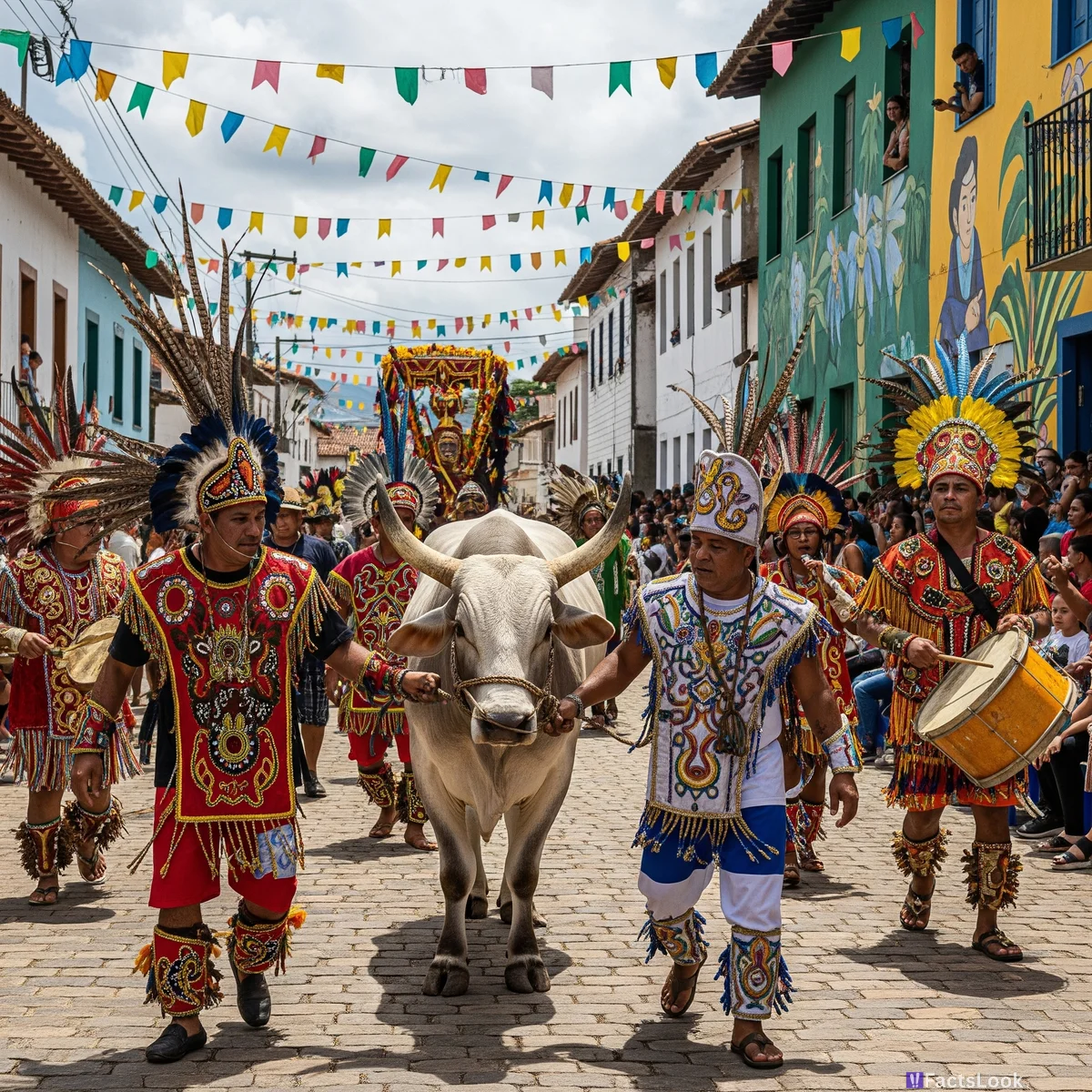
Bumba Meu Boi, a Brazilian folk drama, is a vibrant performance involving music, dance, and storytelling centered around a bull that dies and is magically resurrected. It's a celebration of Brazilian culture and folklore, varying in style across different regions.
The Amazon River Dolphin: The Pink River Jewel
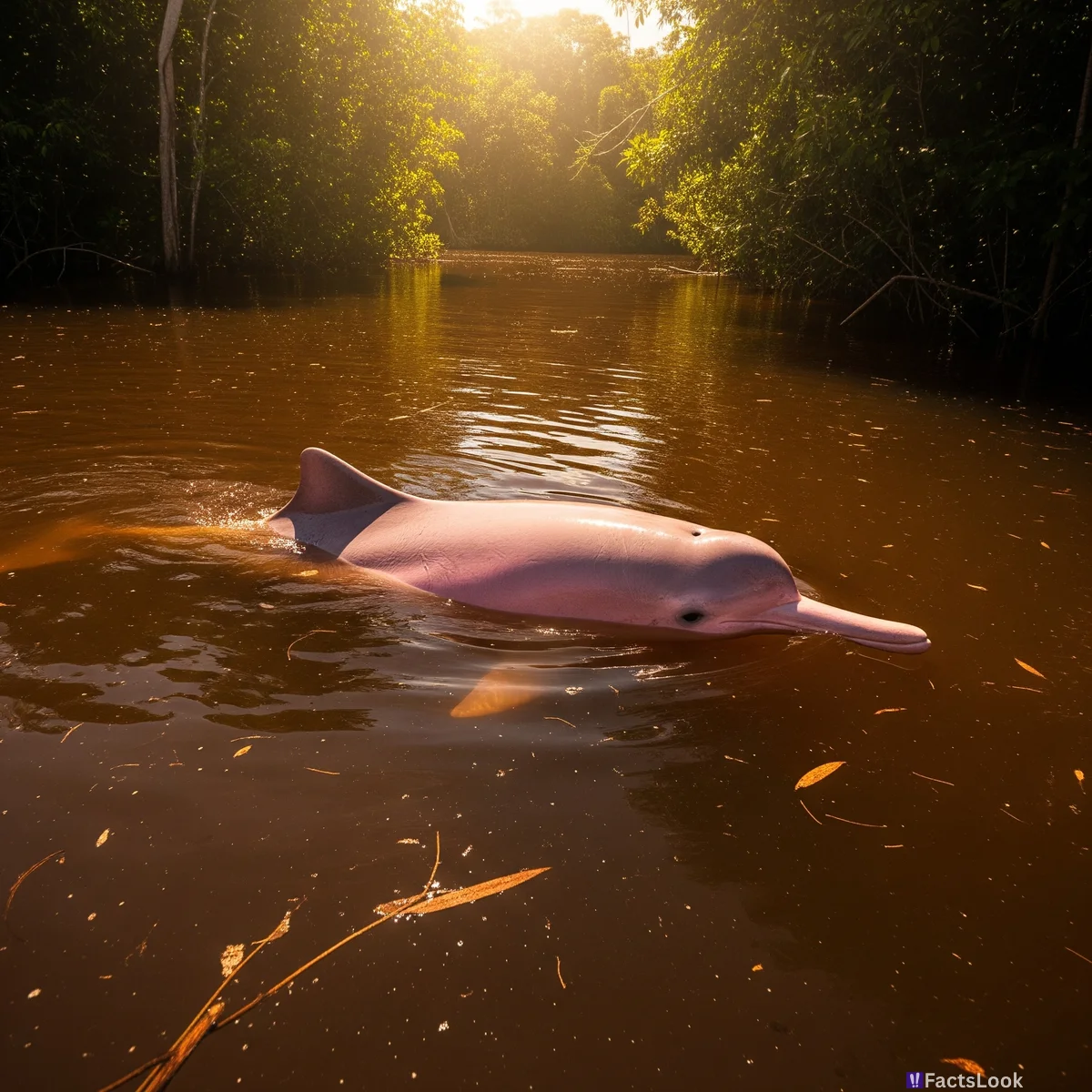
The Amazon River dolphin, also known as the boto, is a unique freshwater dolphin species. Distinctive for its pink hue—which intensifies with age—and flexible neck, it's a captivating symbol of the Amazon's biodiversity and an important part of local folklore.
Comments
Loading comments...